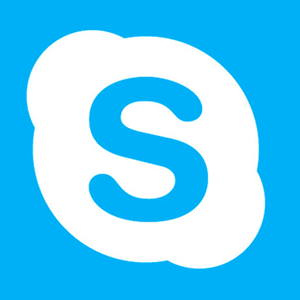Mobile application development process
Learn more about us with mobile development process, we have broken down process to meet the demands and expectations of our clients and your end users.
Another open-source JavaScript framework used for creating user interfaces. Jointly developed by Facebook and Instagram community, and Jordan Walka a software engineer with Facebook. React Native Framework was announced by Facebook in 2015, applying the React architecture to native Android and iOS applications

React Native was launched as an open source for the public. This framework enabled native application support on iOS, Android and the Windows platform. Unlike other frameworks like Titanium and PhoneGap, React Native overcomes the problems brought up by the others like performance, battery usage and feel. React Native differs others types of frameworks, unlike other frameworks which work by wrapping web content in a web view format resulting in UI elements which lack a natural feel to them. To overcome this problem React Native uses JavaScript components backed by original iOS and Android components so the applications one builds is fully native and natural.
Write once, run anywhere (or sometimes everywhere) a slogan created by Sun Microsystems to show the benefits of Java language, which means Java can be developed on any device to be run on any machine which is equipped with a Java virtual machine (JVM). These types of codes have changed how applications are thought out and materialised. In the truest sense of the words, React Native is not a write once, run everywhere code. One has to build the UI components specific to the platform. What React Native provides in single skill set which in turn would allow the programmer to access multiple platforms.
To someone with a web-based JavaScript background, React Native can turn any web developer into a mobile application developer. The React Native is a strong improvement on the existing cross-platform frameworks. Still in its infancy, React Native comes with its own niggles and nags, An incomplete library with most features missing, while new practices are being unearthed. And the releases and updates are few and far between. Even with all these handicaps, React Native’s pros outweighs all its cons. With it’s single JavaScript code base which is enough to create both iOS and Android applications all while upholding the quality, performance and native feel of the applications. Even if it doesn’t make all the native codes obsolete, it still is best of all worlds.
Learn more about us with mobile development process, we have broken down process to meet the demands and expectations of our clients and your end users.
Initially React Native was invented for iOS development. When the Framework saw the popularity and success and hence Facebook, later on, decided to provide support for the Android platform as well. Thus, the React Native apps can be developed via using a single codebase for both the platforms simultaneously which in turn increased its popularity even more.
React Native enables you to immediately see the result of the latest change that you have made to the code using the feature of “Live reload”. If two windows are opened, one that contains the code and the other screen showing a mobile screen as a result of the code. you can immediately see the effect of what you have changed in one screen, on the other screen.
React Native is compatible with third-party plugins. For eg. If we want to Google Maps’ functionality into the app, simply download a third party plugin and then link it to a native module. Moreover, the app uses the device’s functions like rotate, zoom and the compass, without any hassle.
With React Native, the same codebase can be reused for deployment of applications on iOS and Android. This means, a huge saving in both development time and cost. Theoretically, the development effort will reduce by half. Even though the cost saving will be a little lower it will be interesting enough to make the investment worth your while.
Xamarin has changed how businesses and developers hybrid platforms, as discussed Xamarin is a platform where performance takes precedence. Below are some companies and application made with Xamarin.
Similar to an app store, here Xamarin developers can add components to the Xamarin app directly, The store houses many components both which are paid and free to use.
Since Xamarin has the ability to reuse codes, Xamarin application can be as useful as an offline app as it is an online-centric app. Xamarin is preferred by companies who put security and performance as their top priority. This ability to reuse codes means that the app does not need to download new data every time it is used. This is something where everyone associated with Xamarin wins, the end user as the application won't take too many resources, the developer as the time taken to develop an app gets reduced and the client as the app can be updated easily when compared with the alternatives.
At the initial stages, many mobile web applications were popular for their uncommonness mainly. However, when it came to performance, more complicated the apps were, the more lags it experienced. Hence, The React Native framework came to the rescue. React Native apps are usually compiled into natively written code, which enables it to not only work on both the operating systems but also function the same way on both the platforms with no lags at all providing a smoother and faster experience.
Xamarin lets you get the benefits of both C# and.NET, which is very customizable technology across multiple platforms.
World’s largest photo and video sharing social networking site.
 Skype
SkypeOne of the leading providers of personal email services.
 Ads Manager
Ads ManagerThe first cross-platform application using React Native
 Facebook
FacebookThe Mobile application of the largest social networking site.
 Uber
UberThe highly preferred Travel services